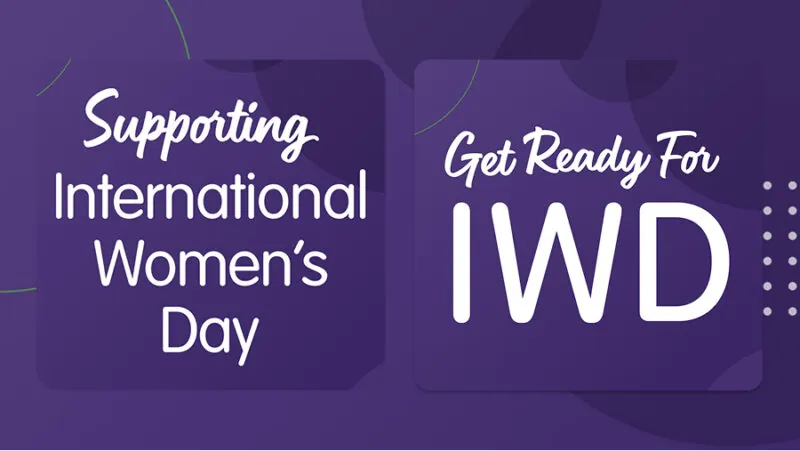Imagine a place that would list your hotel, would tell your guests how fantastic your offers are, and give them the exact room rate they’re looking for, all without costing a penny.
The good news is, it already exists.
Google Places is a super powerful tool to show your business in centre-stage on the Google search engine results pages, allowing you to feature photos and Google Maps (including Street View and directions) to give potential guests the best possible overview of your hotel from the moment they conduct a web search.
Your Google Places listing is also the most prominent feature of the Google landscape on any brand searches, with sometimes thousands of views per month.
Here, we’ll be breaking down our top tips to best utilise this free billboard on Google, and gain the best possible results for your hotel.
Only just got enough time to skim through the article? We’ve packaged our tips together into a free downloadable checklist to use at any time – download your free Google Places checklist here.
- Choose great quality photos of your hotel
Don’t let the hard work you’ve put into your hotel go to waste! Google auto-generates photos based on customer reviews left through Google, which can lead to grainy photography which can be off-putting to future visitors.
Instead, consider updating your Google Places listing with fresh new photos from your hotel. Include your exterior, interior, lobby, rooms, and any additional features relevant to your property – your restaurant, spa, rooftop terrace, fitness suite, or anything else that would provide a unique selling point for your hotel.
Invest in some top-quality professional photography to grab viewers’ attention immediately, and feature it prominently on your Google Places listing. Check out Google’s Help Centre for a handy how-to for updating photos and videos on your Google My Business account.
- Check that all the buttons are working correctly
As hotel marketing experts, we’ve seen it time and time again – user experience is the most important part of the online booking process for your guests, hands down. So imagine their disappointment when they see you on Google, hit the ‘Website’ button to reach your hotel’s site, and find a 404 error? Nightmare!
Make sure all of the buttons have been thoroughly tested for any redirect errors. There are plenty of free online SEO tools that can help you with this (the SEO Spider tool from Screaming Frog is one of our favourites), or you can perform this check manually by simply clicking each of the buttons on the Google Places listing to ensure you’re taken to the right place on your site.
(As an FYI, It’s also good practice to do a quick user experience check on your website, just to make sure your visitor has the best experience once they get there.)
- Show your direct rates on Meta Search
While using OTAs – or Online Travel Agents – can really benefit your hotel by getting your name out there and seen on sites like Expedia and Booking.com, you want to make sure that booking direct with you is the best option for your potential guest!
It’s highly unlikely that anyone will book with you if they can find cheaper or better deals elsewhere (find out how to encourage guests to book direct with these great propositions to get you started).
Metasearch marketing allows you to feature your hotel’s room rates directly on the Google search engine results page, giving your future guest vital easy-to-access information within seconds.
So, use this powerful tool wisely! Make sure that your direct rates listed on metasearch marketing are the same, if not cheaper, than those advertised on the OTAs. As we mentioned before, make sure that your metasearch links for Direct Rates are all working and going through to the correct page. The fewer steps your guest needs to take to find the information they need, the better.
- Update your details and description
Are your details and descriptions accurate and well-written? What could you improve? This prime real estate on Google’s results page allows you to showcase your best features and services, so make sure that these are featured first.
From the example of The Athenaeum Hotel, you can see that amenities can be listed out as individual eye-catching icons, such as Free Wi-Fi and Parking. So, try to include at least 3-6 great amenities your hotel can offer in this section.
One tip for best practice is to make sure your best or most well-known USPs are written earlier in your description, within the first sentence to grab the reader’s attention and help you stand out from the crowd.
Why? Google only allows a certain number of characters to feature in a Google Places description. Anything over 250 characters in a Google Places description is truncated, and won’t be shown unless the reader clicks the ‘MORE’ drop-down button.
So, while you’re allowed up to 750 characters in your description, aim to keep your best selling points within the first 250 characters. Remove any fluffy language or fillers like ‘just’, ‘very’, and ‘really’ to make your description writing more punchy and memorable.
By optimising your Google Places listing, you can not only improve your appearance on the Google search engine results pages for brand searches and stand out from your competitors, you can also bring more free traffic to your site and encourage more direct bookings.
Use the tips above or download our FREE Google Places Checklist to improve the Google Places listing for your hotel.
For more clever tricks and tips to improve your hotel’s digital marketing efforts, follow us today on social media, or consider dropping us a line for specific advice tailor-made for your hotel.

![The Art of First Impressions [Blog Banner 16_9]](https://uphotel.agency/wp-content/uploads/2025/06/The-Art-of-First-Impressions-Blog-Banner-16_9-800x450.jpg)

